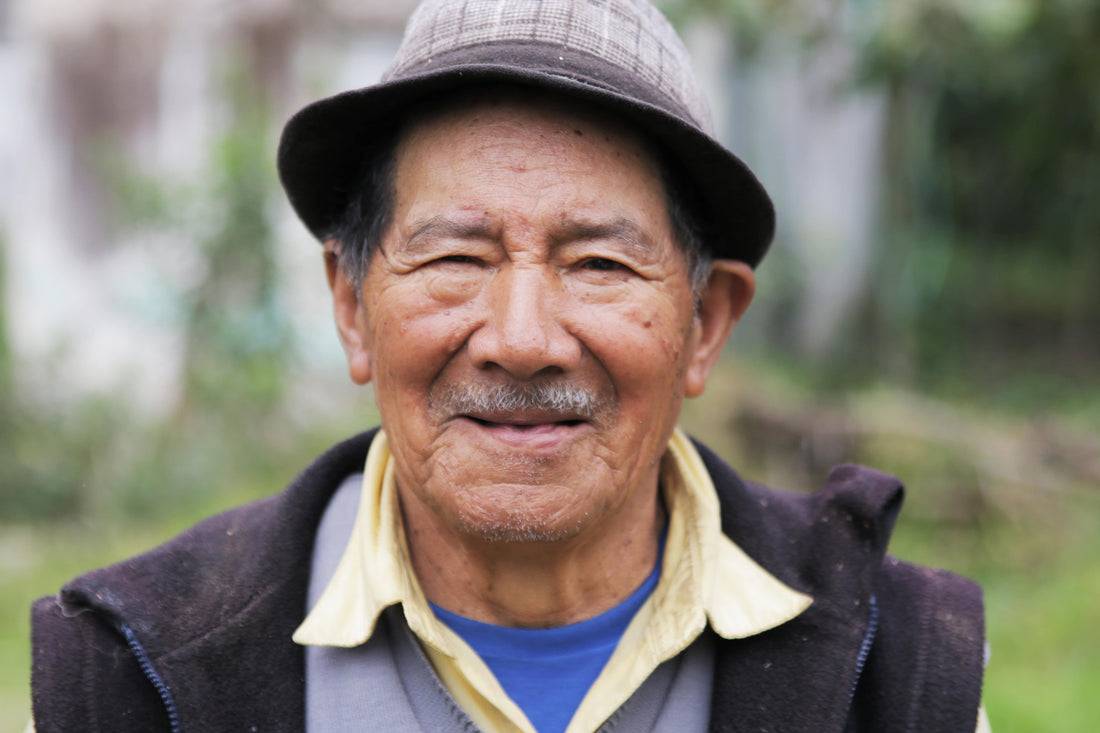Ecuador's relationship with water is very particular.
In fact, in the country, as in the rest of Latin America, there is a high availability of water resources, if you compare the water reserves with the population: but in the Latin American region as many as 34 million people do not have access to drinking water. And, despite Ecuador owning a ben one third of the planet's fresh water, this it is not evenly distributed even in the territory itself.
For example, in the Andean area there are no underground aquifers: the availability of water practically depends only on atmospheric precipitation and the conservation of a very particular ecosystem, the so-called Páramo Andino. THE páramo they are extremely important because they have an enormous biodiversity: 60% of plant species are endemic, i.e. present only in that part of the world. Furthermore, the paramos "supply" the nearby rivers, lakes and gathering places with water, and conserve it through their vegetation.

Despite this, in these areas the availability of water is very low, if not nonexistent.
